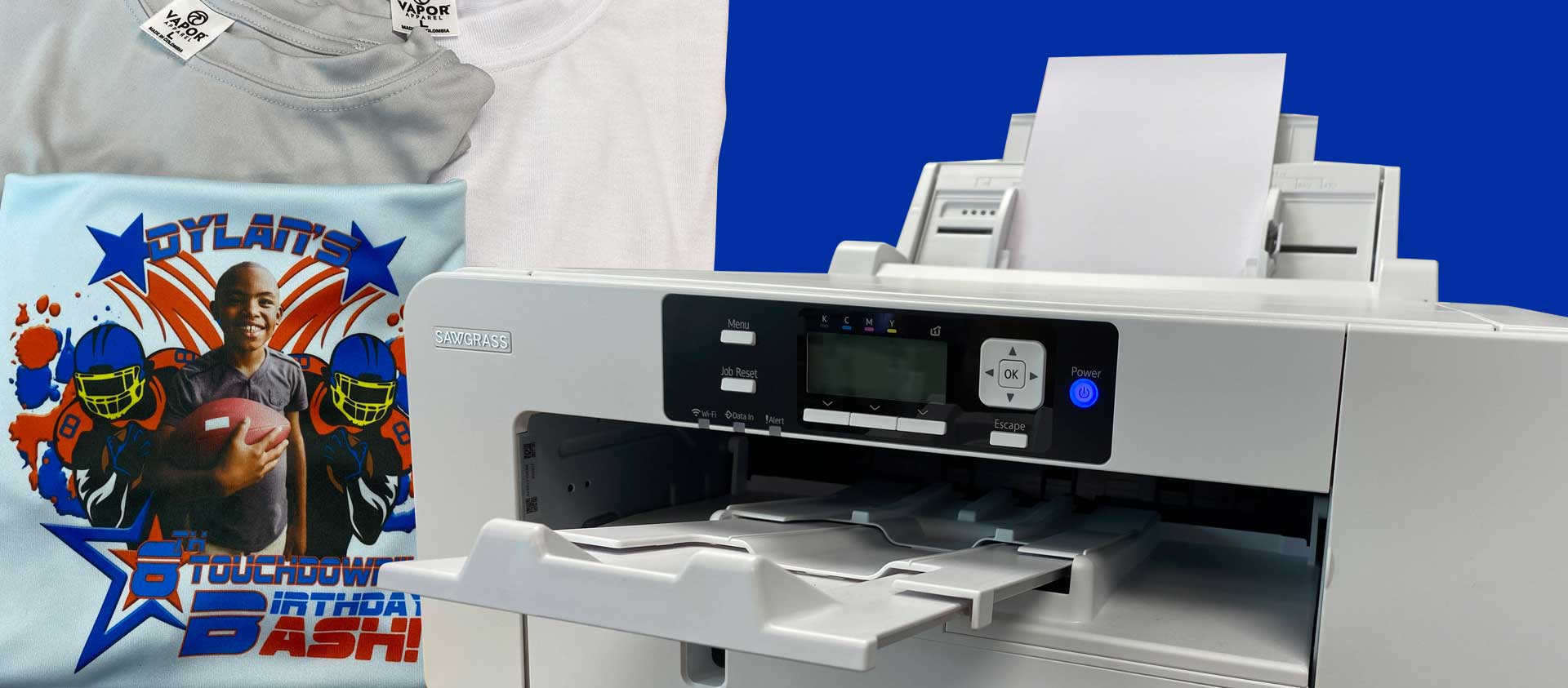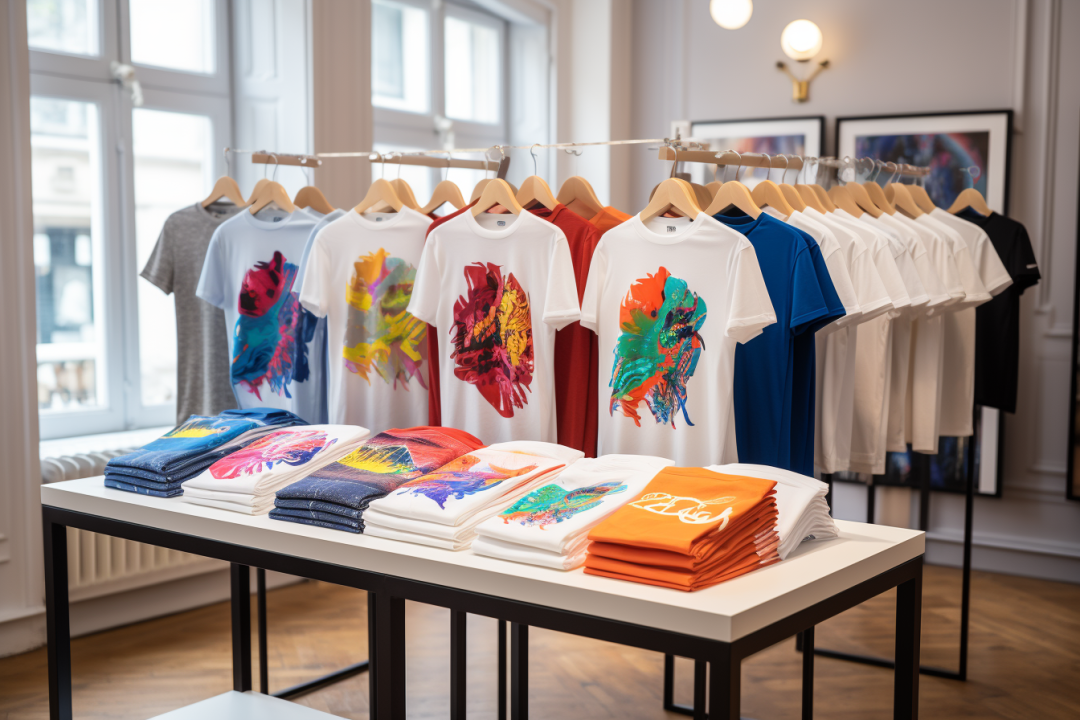From Standard to Digital: Recognizing the Evolution of Towel Printing
The improvement of towel printing from typical approaches like block printing and resist coloring to contemporary methods such as display and digital printing notes a considerable shift in the textile market. How do these advancements influence the essence of towel printing, and what might the future hold for this ever-evolving craft?
Traditional Cloth Printing Methods
In the early stages of fabric manufacturing, conventional cloth printing methods served as the cornerstone of textile design, providing both performance and creative expression. Block printing, one of the oldest methods, included carving detailed layouts into wood blocks, which were after that dipped in dye and pushed onto fabric.
Stand up to dyeing, consisting of strategies like batik and tie-dye, used wax or other substances to avoid color from permeating particular areas of the fabric. This approach produced striking contrasts and complex layouts, typically imbued with social value. Stenciling, an additional standard method, included cutting patterns right into a material and applying color with the openings, supplying a less complex yet effective means to generate repetitive designs.
These standard methods not only shaped the fabric sector's very early advancement however likewise prepared for future advancements. Each technique showed the social and local features of its origin, preserving and sharing artisanal expertise with generations.
The Rise of Display Printing
Exactly how did screen printing transform the landscape of fabric style? The development of screen printing in the very early 20th century marked a significant departure from typical methods, providing unprecedented versatility and effectiveness. This technique entails pushing ink via a fine mesh screen that has been stenciled with a design, permitting high accuracy and uniformity. Screen printing made it possible for designers to create intricate patterns and dynamic shades on textiles, which were formerly testing to attain with block printing or hand-painting approaches.
Among the essential benefits of screen printing is its capacity to replicate complicated designs on a large scale with remarkable integrity. This scalability made it exceptionally preferred in the commercial fabric market, where automation without compromising high quality is vital. In addition, display printing fits a large range of dyes and inks, broadening the palette of textures and coatings offered to developers.
Moreover, the procedure is highly adaptable, ideal for various fabric kinds including cotton, silk, and synthetics. This versatility, integrated with its cost-efficiency for huge runs, solidified display printing's role as a cornerstone of modern textile manufacturing. Therefore, the rise of display printing revolutionized the market, pushing the limits of what was feasible in fabric style.

The Advent of Digital Printing
Building on the amazing advancements brought by screen printing, the fabric sector experienced another groundbreaking development with the advent of electronic printing. Emerging in the late 20th century, electronic printing transformed the means designs are moved onto textiles, supplying unmatched flexibility and performance. Unlike standard methods, which commonly needed considerable setup and considerable manual treatment, digital printing uses computer-aided layout (CAD) modern technology to produce complex patterns straight onto the fabric with high precision.
This technology has actually made it possible for textile producers to satisfy the expanding demand for customization and on-demand manufacturing. By eliminating the need for plates and screens, electronic printing reduces and lowers lead times product waste, making it an extra lasting option. The ability to publish complex photos and a broad range of shades in a single pass has actually opened new innovative methods for developers, fostering a rise in artistic expression within the sector.
In addition, digital printing sustains smaller sized batch production runs, which is specifically helpful for niche markets and start-up fashion brands. This technological leap has not just improved operational effectiveness yet also equalized access to high-grade fabric printing, setting the stage for future developments in textile style and manufacturing.
Contrasting Strategies: Conventional Vs. Digital
While both traditional and electronic printing methods have their own unique benefits, they vary considerably in terms of process, performance, and ecological effect. Traditional towel printing, including techniques like block printing and display printing, includes hands-on why not try these out labor and elaborate workmanship.
In comparison, digital printing employs innovative modern technology to move designs straight onto textile utilizing inkjet printers. Digital printing is substantially much faster, enabling for quick turn-arounds and just-in-time manufacturing, which minimizes the requirement for big stock storage.
From an environmental viewpoint, digital printing is typically much more sustainable. It utilizes much less water and produces very little waste contrasted to traditional techniques, which often include considerable cleaning and dyeing procedures. Digital printing is significantly preferred in an age where ecological factors to consider are vital.
Future Patterns in Towel Printing
One significant trend is the enhanced application of digital printing innovations. Digital textile printing is expected to dominate the market, driven by its performance and flexibility to consumer needs for personalized and limited-edition items. sublimation printing.

Furthermore, the incorporation of smart fabrics, which integrate electronic elements right into materials, is established to reinvent the market. These fabrics can give additional capabilities such as temperature policy, health surveillance, and interactive features. As innovation proceeds to advance, the junction of digital printing and clever textiles will open brand-new opportunities for innovative and practical applications in fabric printing.
Verdict
The advancement of cloth printing from typical methods to electronic developments notes a considerable improvement in the fabric industry. While typical techniques highlight artisanal workmanship and social heritage, electronic printing uses unrivaled precision, performance, and personalization. This shift not just boosts production capabilities yet also supports investigate this site sustainability efforts. Future trends are likely to continue incorporating innovative innovations, additionally redefining textile design and production processes to meet ecological factors to consider and contemporary needs (heat transfer vinyl printing).
The makeover of towel printing from traditional methods like block printing and resist dyeing to modern techniques such as screen and electronic printing marks a substantial shift in the textile market. Screen printing allowed developers to produce complex patterns and vibrant colors on textiles, which were previously testing to accomplish with block printing or hand-painting techniques.
Structure on the impressive developments brought by screen printing, screen printing the textile market experienced another groundbreaking development with the arrival of digital printing. heat transfer vinyl printing. Standard fabric printing, incorporating strategies like block printing and screen printing, involves hand-operated labor and complex workmanship. As technology proceeds to advance, the intersection of electronic printing and smart fabrics will open new opportunities for useful and innovative applications in fabric printing